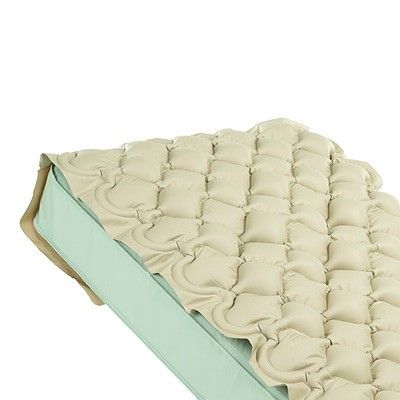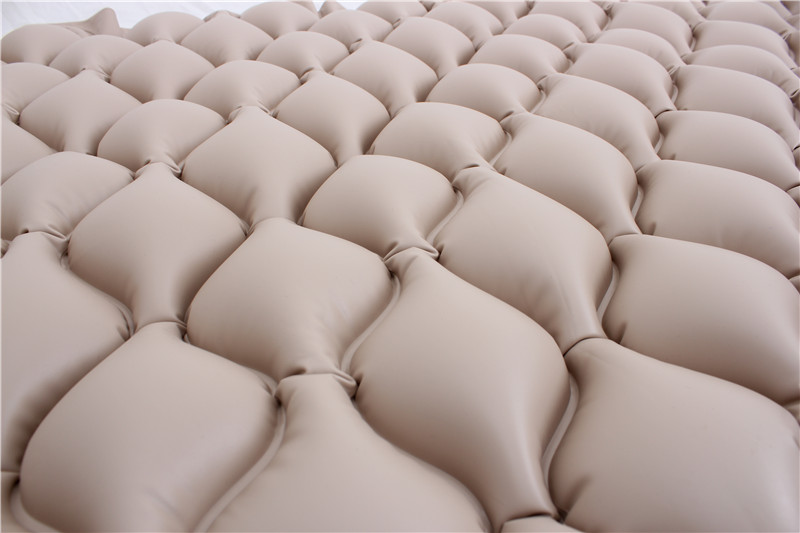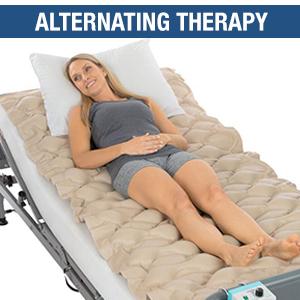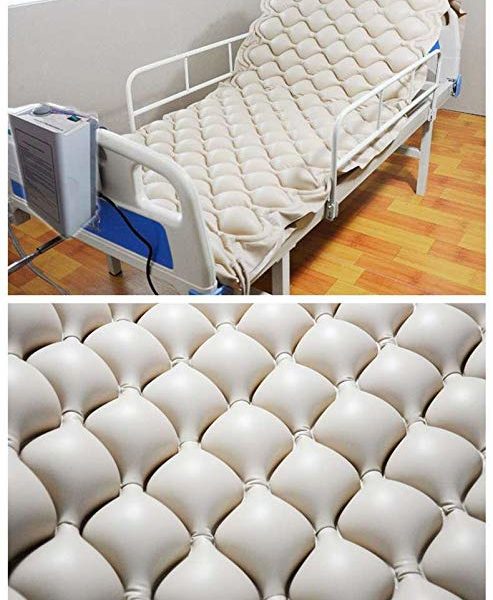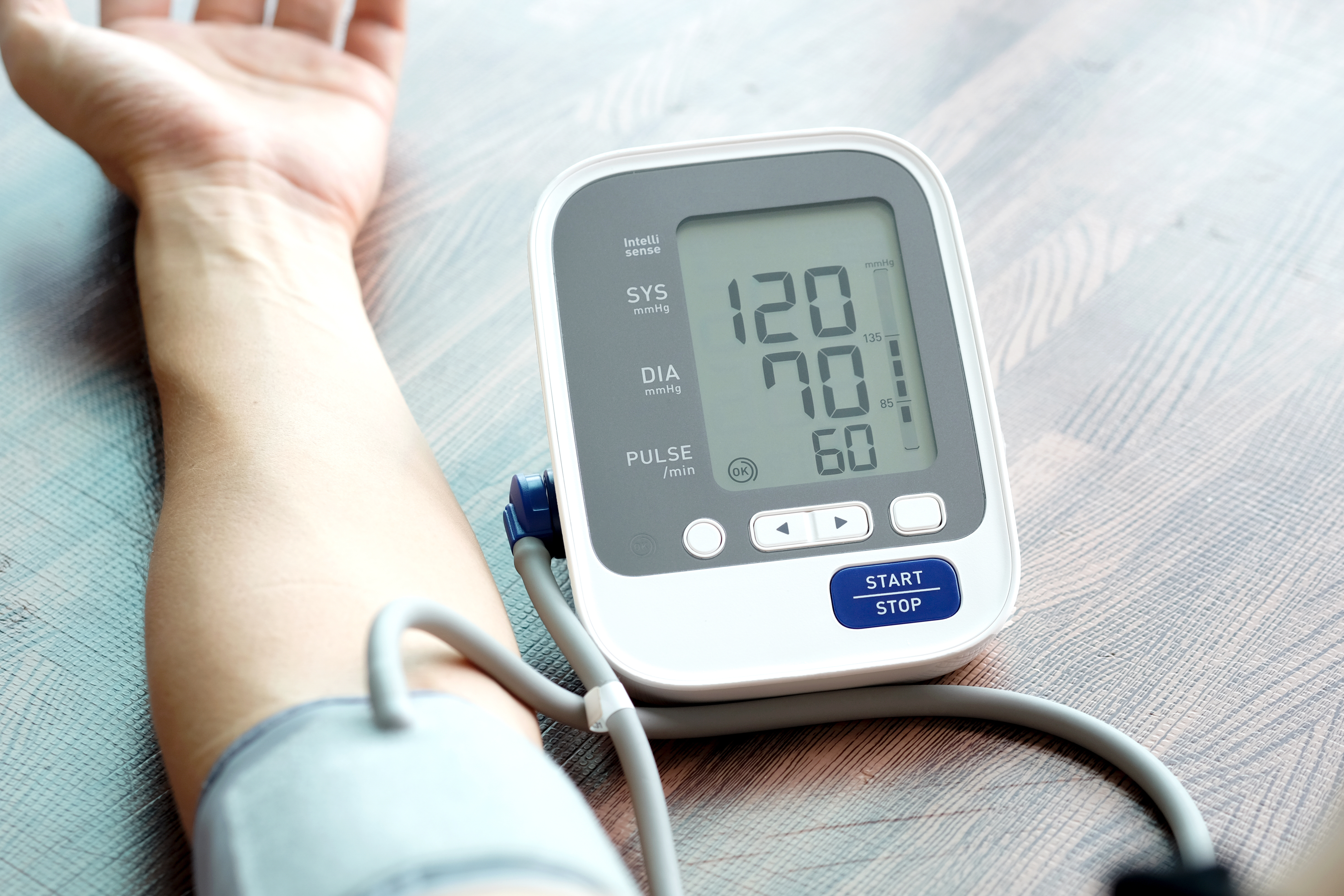posted on June 21, 2018 by Lisa Bainbridge at beaucare.com
Pressure mattresses are designed for those with pressure ulcers (also known as bed sores). Pressure sores occur when an individual spends prolonged periods in the same position and typically occur in those with restricted mobility or poor skin integrity. It is crucial to get the correct type of pressure mattress for the excellent grade of bedsore to maximize patient comfort.
This blog will explain what a pressure mattress is and how it differs from a regular mattress. It will also show how a pressure sore mattress works and how they are effective for increased comfort for those suffering from bedsores.
Pressure Sores Explained
Pressure sores are areas of skin that have been subjected to sustained amounts of pressure, resulting in the skin and tissue becoming damage. This constant pressure on a vulnerable part of the body, such as the pelvis or elbows, results in the circulation being cut off and the decay of the area.
Different patients have different levels of risk to pressure ulcers. These include mobility and skin integrity. There are varying severities of pressure sores of which can be categorized into four main grades:
- Grade 1 – Reddening of the skin
- Grade 2 – Superficial ‘blister’ like wound
- Grade 3 – All layers of skin damaged, along with tissue under skin
- Grade 4 – Skin and underlying tissue extensively damaged together with bone, muscle, tendons or joints.
A pressure mattress is designed to increase comfort for an individual suffering from pressure sores. The mattress provides high support levels for the head and body to relieve any mounting stress on pressure points. Pressure relief mattresses differ from regular mattresses as they have carefully designed air pockets, specifically designed to place less pressure on the main pressure points in the body.
There are three main types of pressure relieving mattresses:
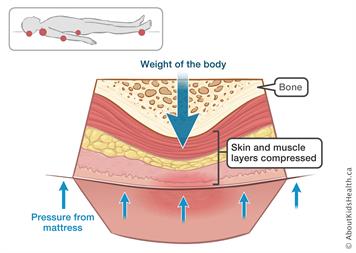
Static/ Foam Mattresses (Reactive Surface)
Static mattresses are comprised of single or multiple pressure relieving foam/s. Their surface remains static and relieves pressure overtime by evenly distributing an individual’s weight over a large surface at a continuous low pressure. It responds to an individual’s body shape, heat and movement. Additional pressure relief is also provided by castellations and shaped surfaces as well as the air pockets within the foam layer/s.
Static mattresses are designed more for the prevention of pressure ulcers than the treatment, so they can only relieve so much pressure. Particularly for immobile users, they must be regularly repositioned by their carer; if an individual is not moved regularly, sores can develop. Therefore, static mattresses are mainly only recommended for Grade 1 and Grade 2 ulcers.
Alternating/ Air-Flow Mattresses (Active Surface)
Also known as air-flow mattresses, alternating pressure mattresses relieve and redistribute pressure through a dynamic lying surface. Alternating pressure sore mattresses are assembled with a row of lateral air cells that constantly alternate. The air-flow is controlled via a pump unit connected to the mattress and usually also connected to the footboard of the bed. The purpose of the pump is to inflate deflated cells and deflate the inflated cells.
The inflated air cells provide pressure to support the user, while the deflated cells offer relief for the skin above them. The pump ensures that there is a constant movement under the user’s skin as well as periods of no pressure. Alternating pressure mattresses are mainly used to treat developed pressure sores and prevent pressure ulcers for those unable to move. They provide constant relief to the individual while also reducing the need for manual repositioning by a carer. Alternating pressure relief mattresses are recommended for Grade 3 and Grade 4 ulcers.
Hybrid/ Combination Mattresses
Hybrid mattresses combine the static and alternating mattress systems into one mattress. This is usually comprised of alternating air cells inset in a foam mattress with a soft foam topper. Therefore, the hybrid pressure mattress provides optimum pressure relief while maintaining the foam mattress’s high comfort level. The majority of hybrid pressure mattresses require a main-powered air pump to operate the alternating air cells.
Hybrid mattresses are designed for those at high/ very high risk of developing sores but still have some level of mobility.
System Type
Pressure mattresses are available two forms: an overlay system or full replacement system.
- Overlay System– This is a shallow depth mattress, usually 2-5 inches in depth. These mattresses are designed to be used on existing mattresses.
- Full Replacement Systems- This pressure relief mattress can only be used as a single unit. Due to their more sophisticated construction and deep air cells, usually 6+ inches, they have greater pressure relief levels.
Why is Pressure Mattresses Aid Sleeping for those with Pressure Sores?
Pressure relief mattresses are effective for improving sleep as they increase the individual’s overall comfort levels. Depending on the grade of the sores on the individual, alternating or hybrid pressure relieving mattresses are better suited to those with Grade 3 or Grade 4 pressure ulcers as well as those with limited mobility. This is due to the alternating air pockets within the mattress that constantly relieve the pressure over the whole body without the need of a carer or assistant. In instances like this, pressure mattresses decrease the number of disturbances throughout the night.
Pressure mattresses are an essential part of caring for an individual with bedsores. Understanding how a pressure mattress works is vital for choosing the right type of mattress to make the individual comfortable. Please browse our extensive range of pressure relief mattresses.

